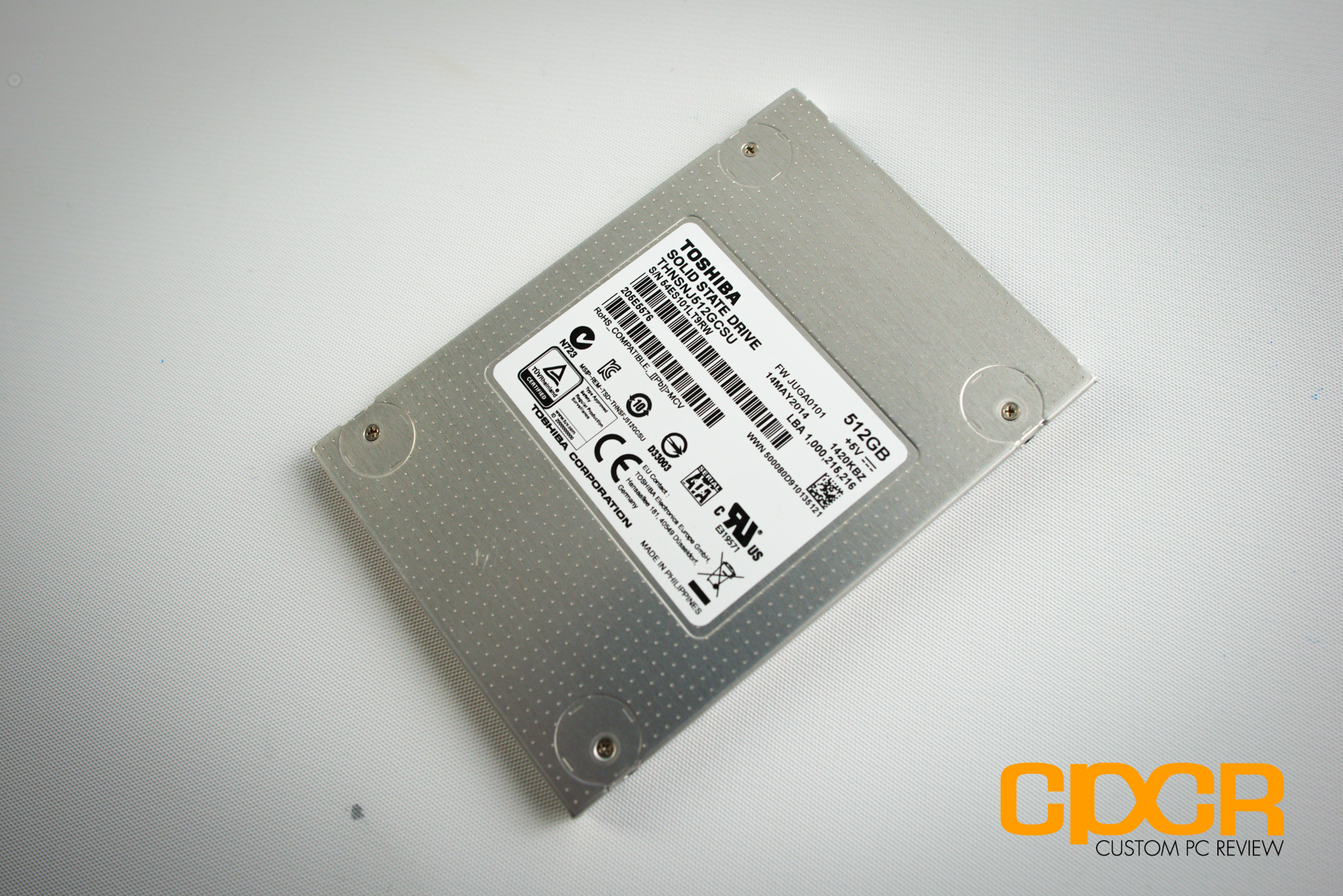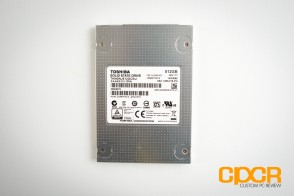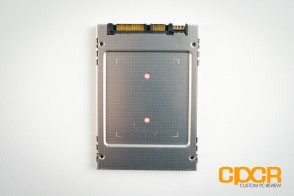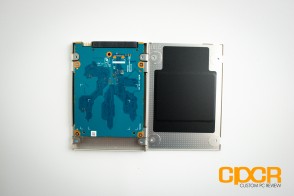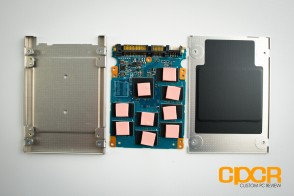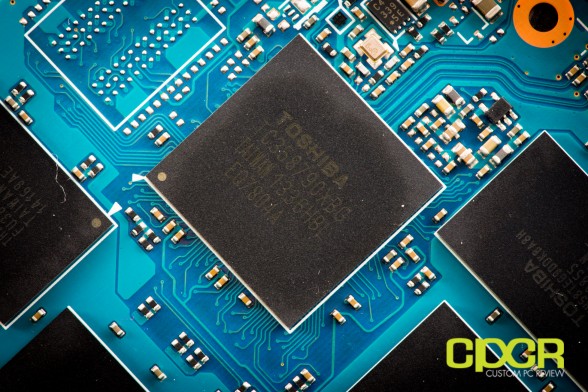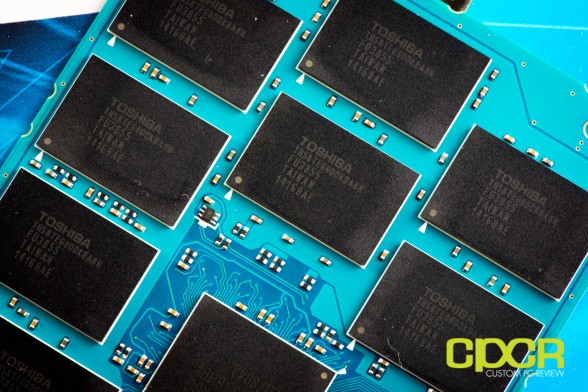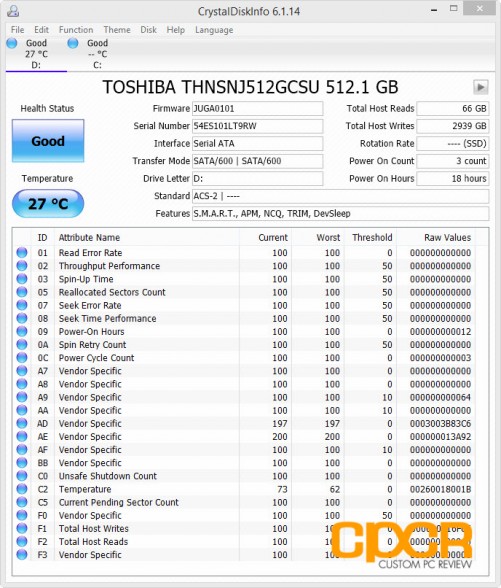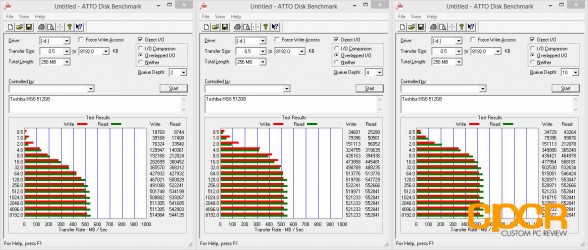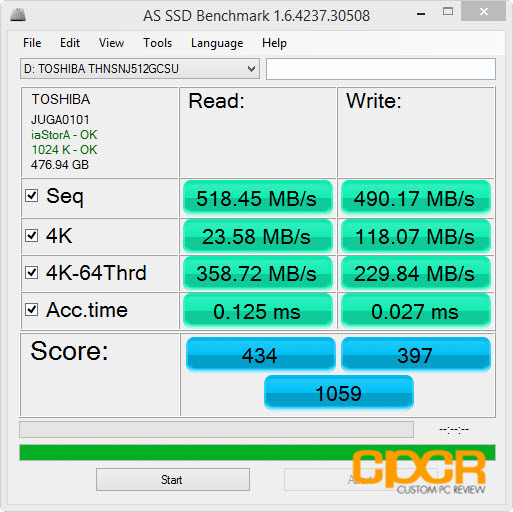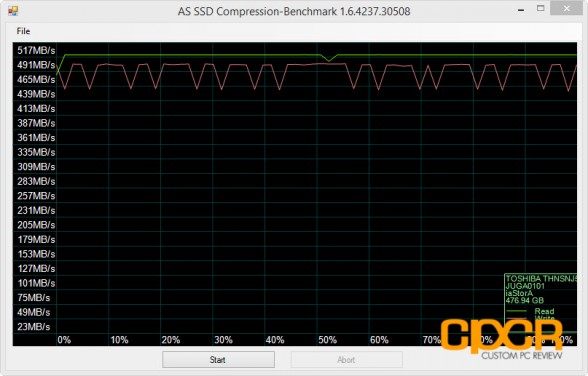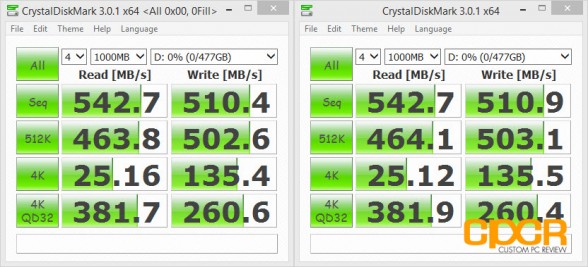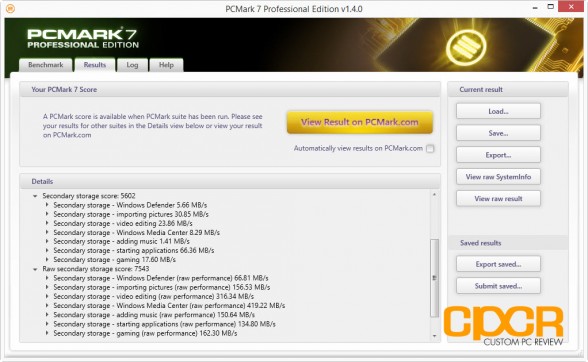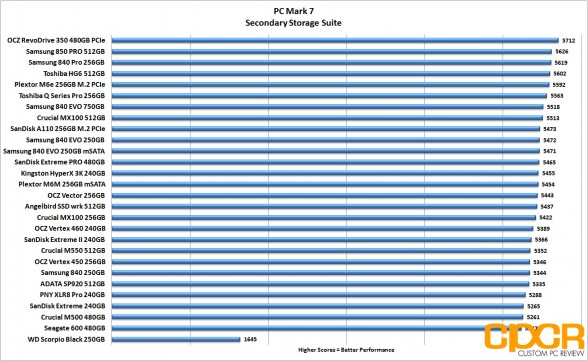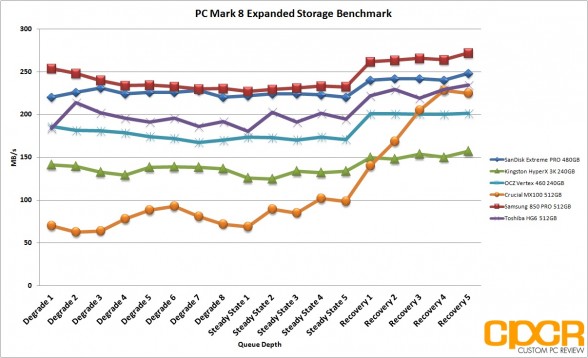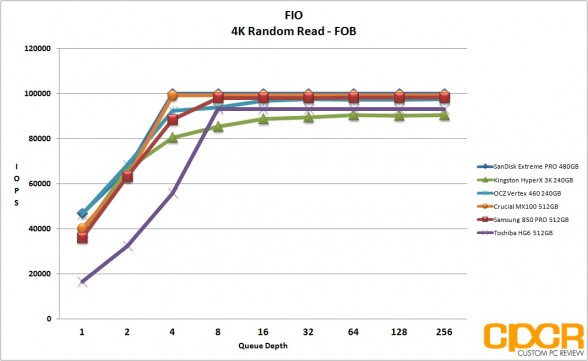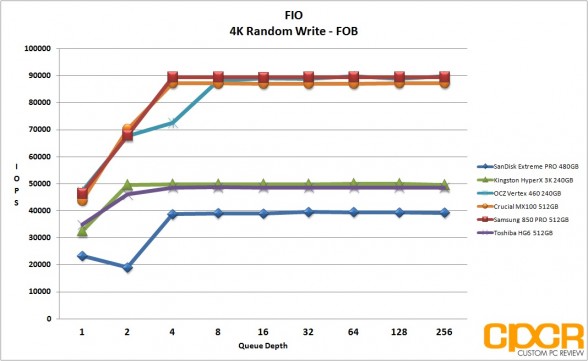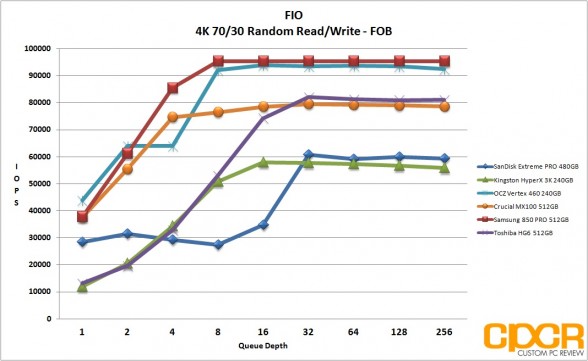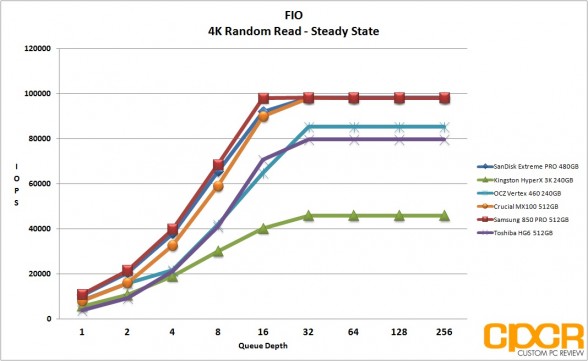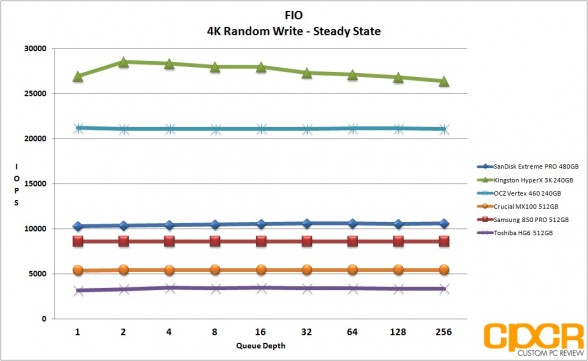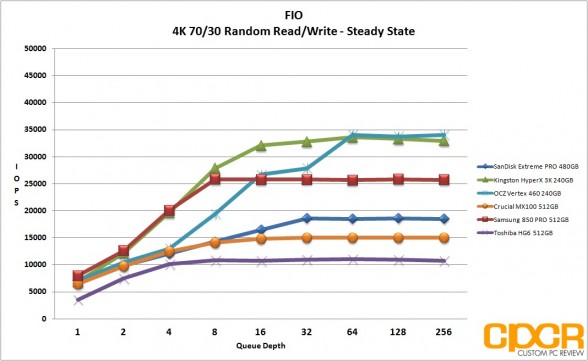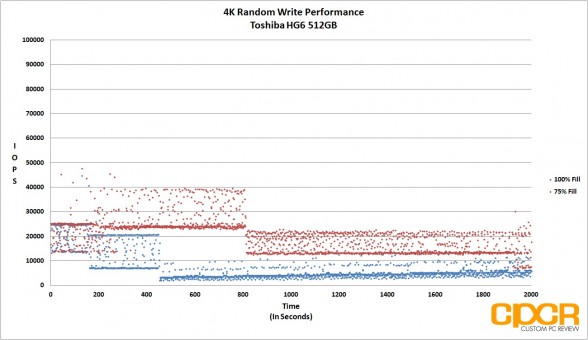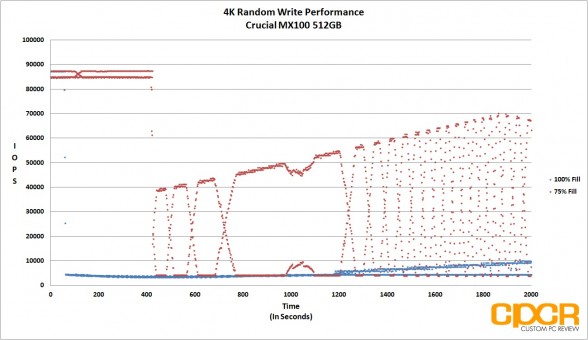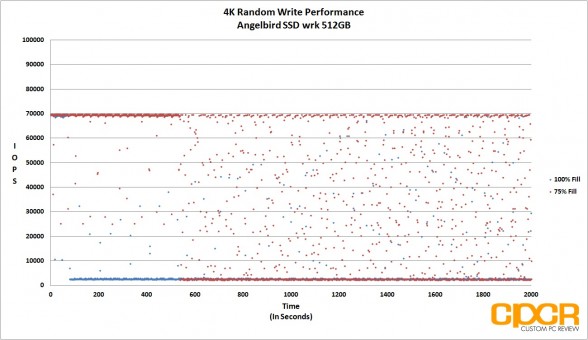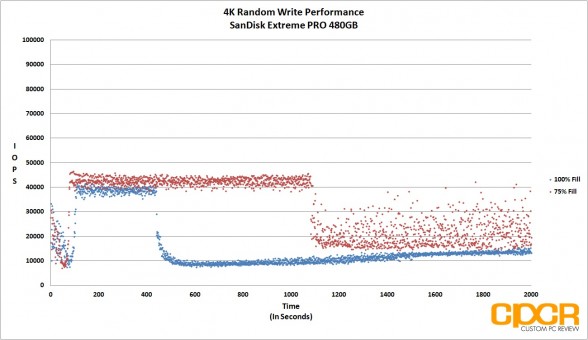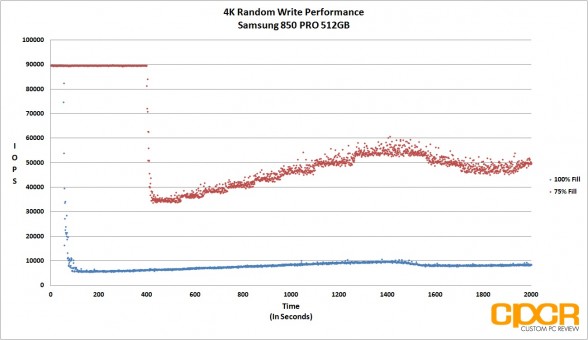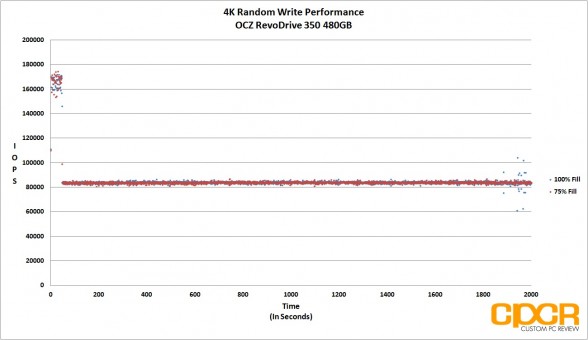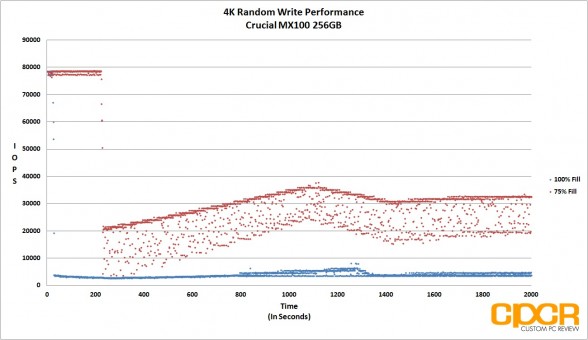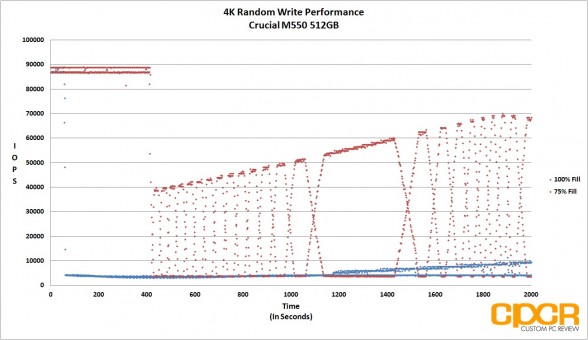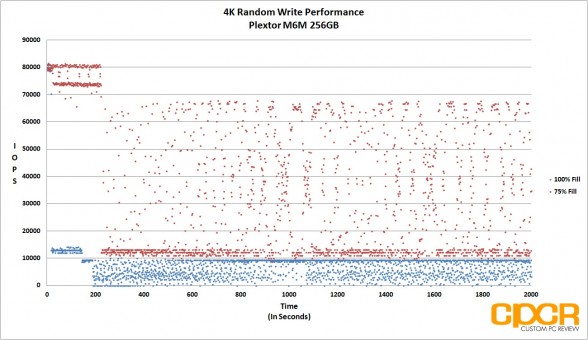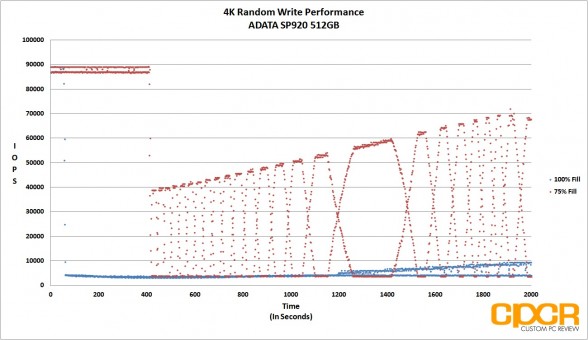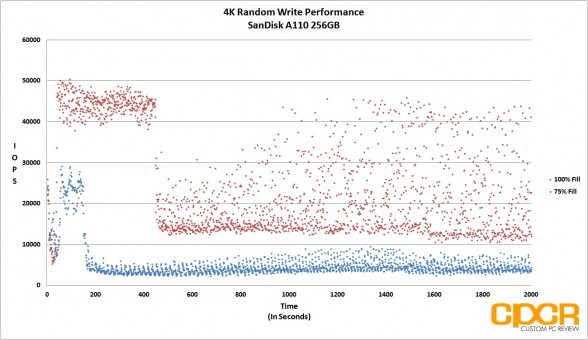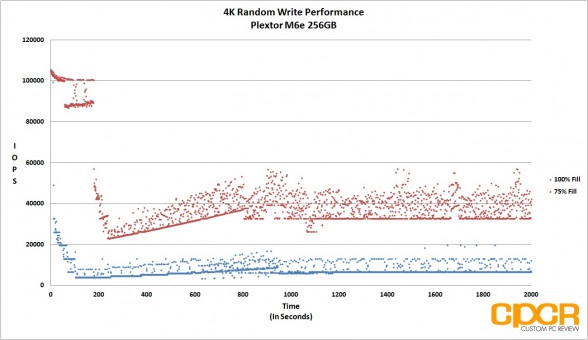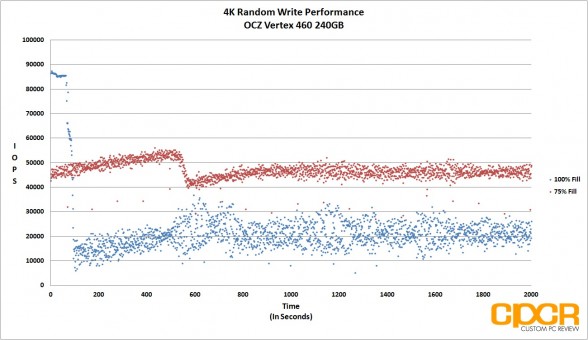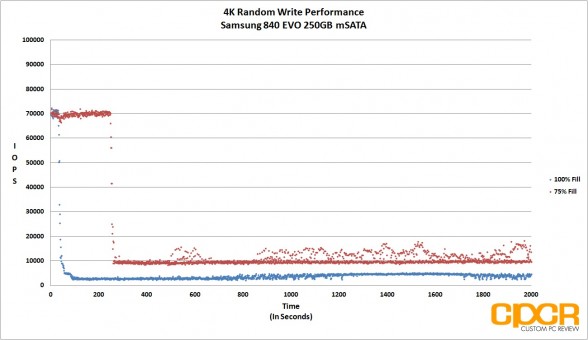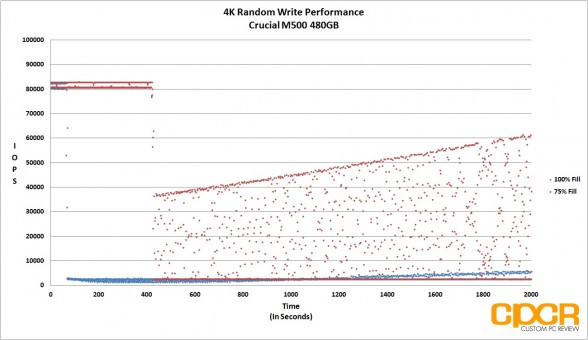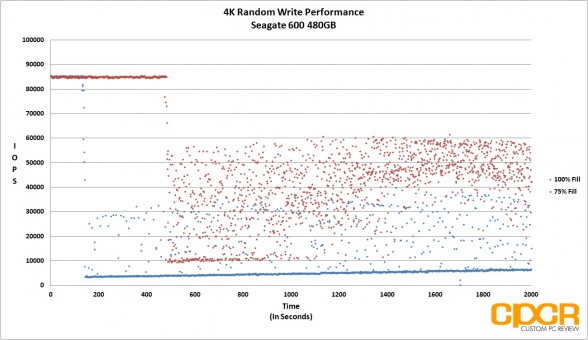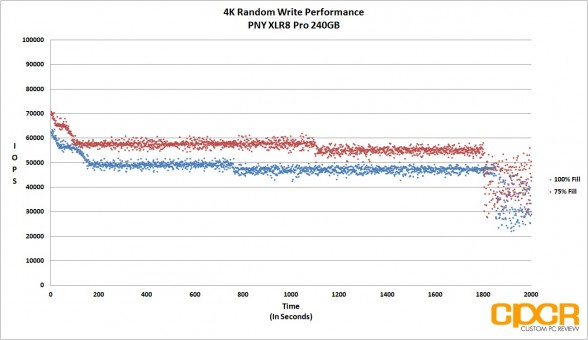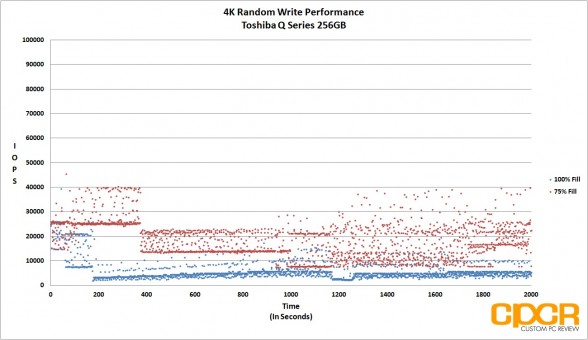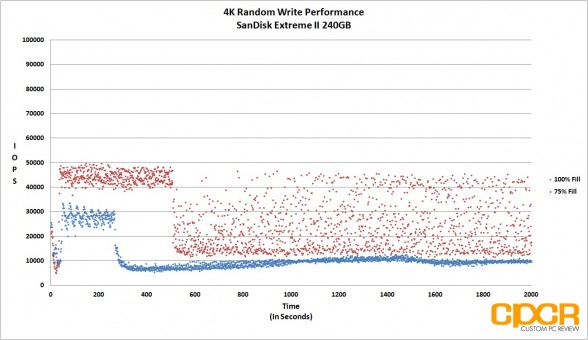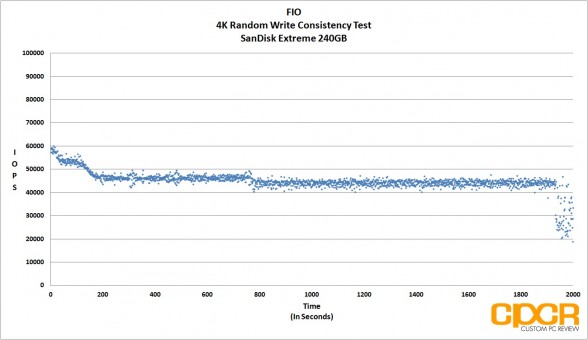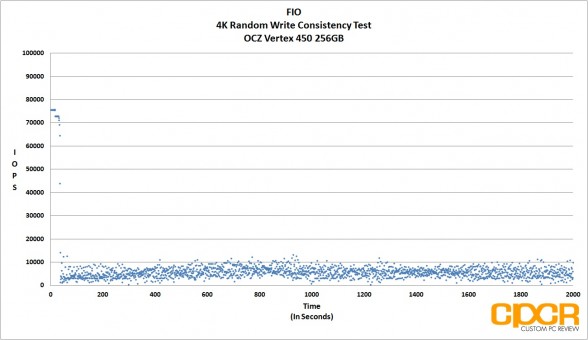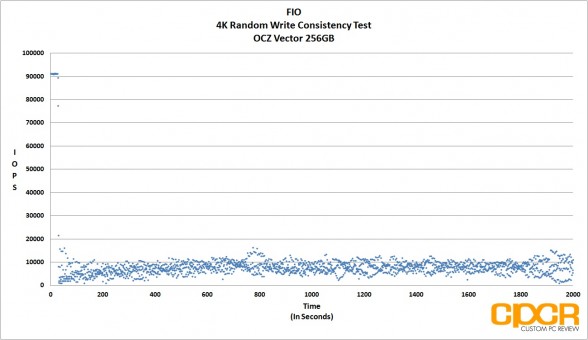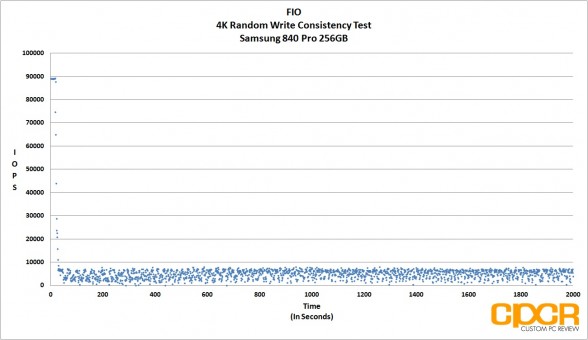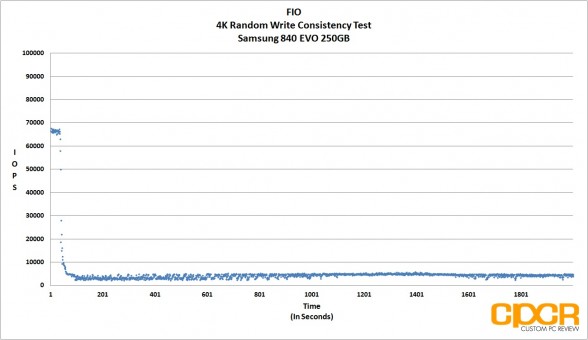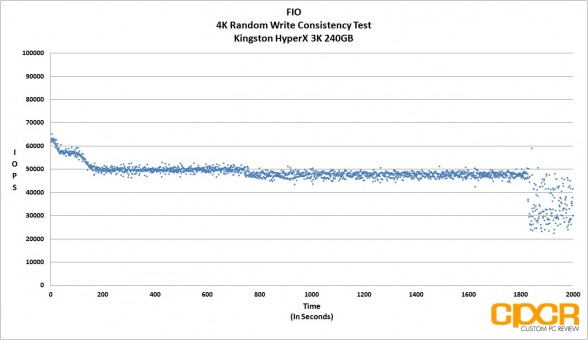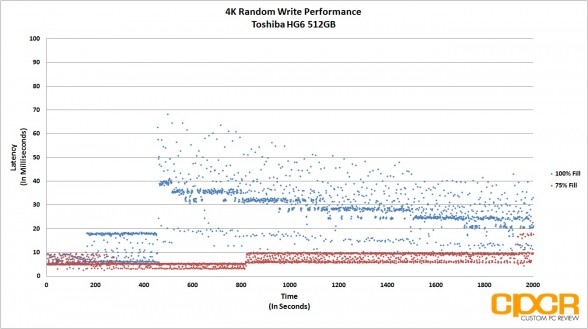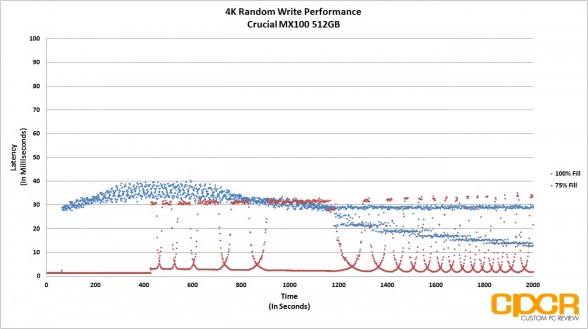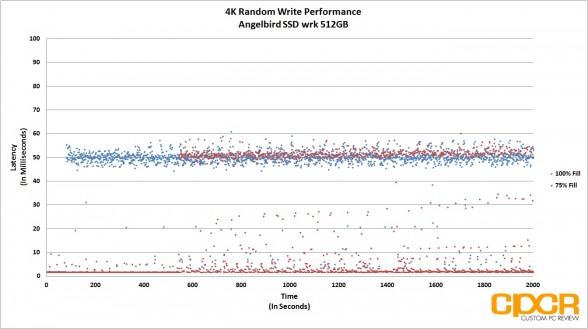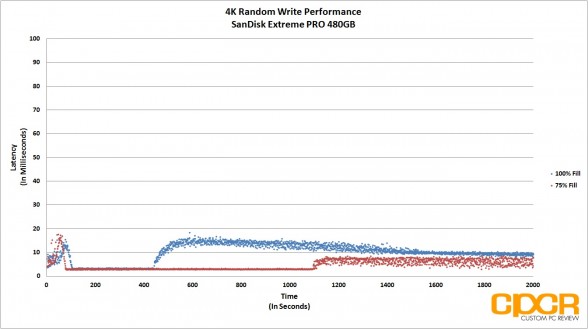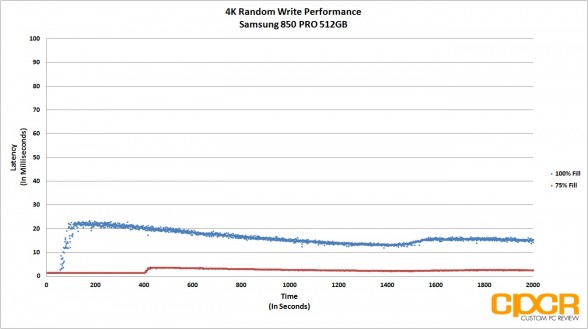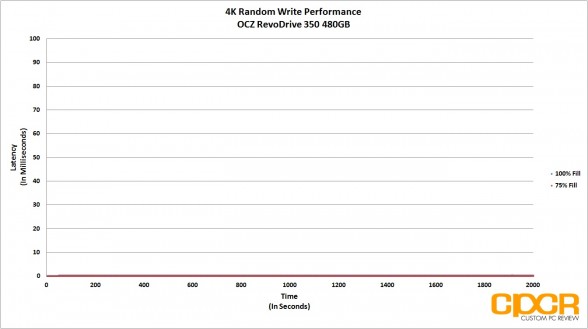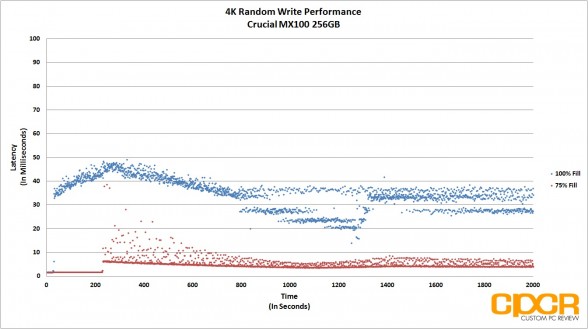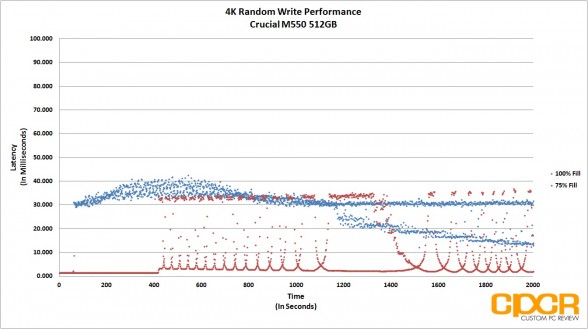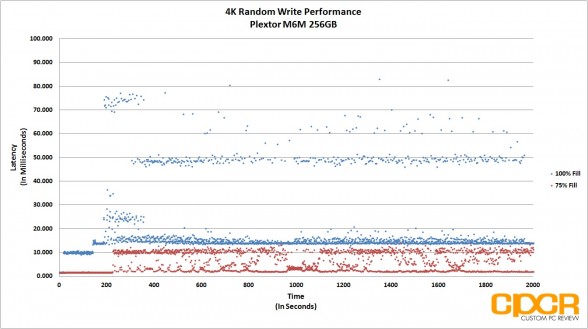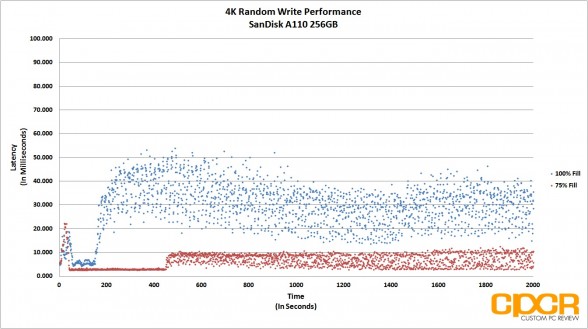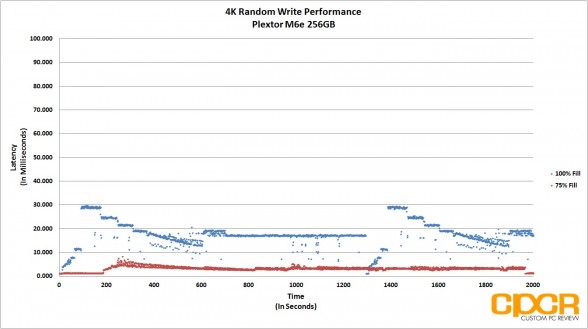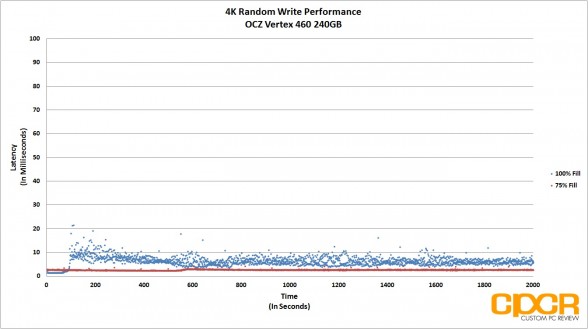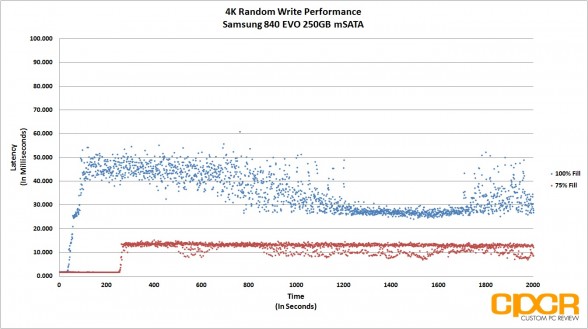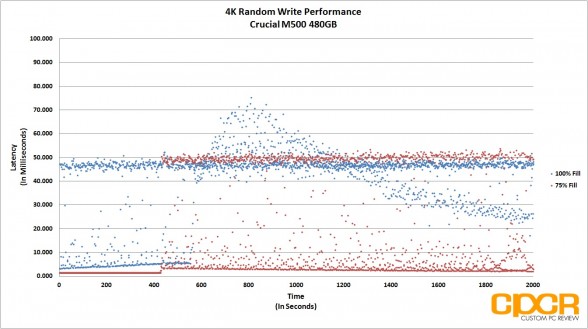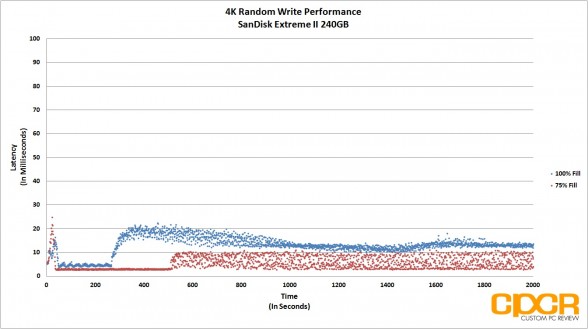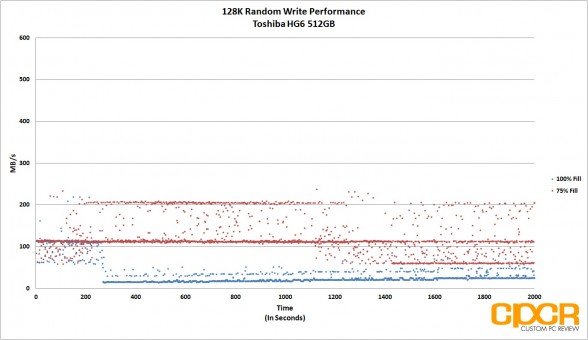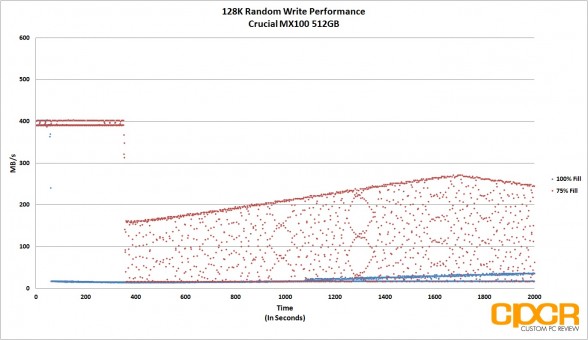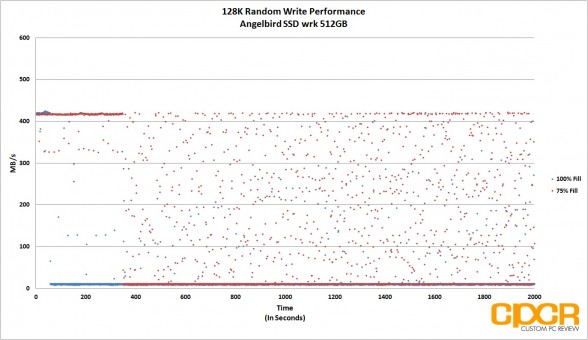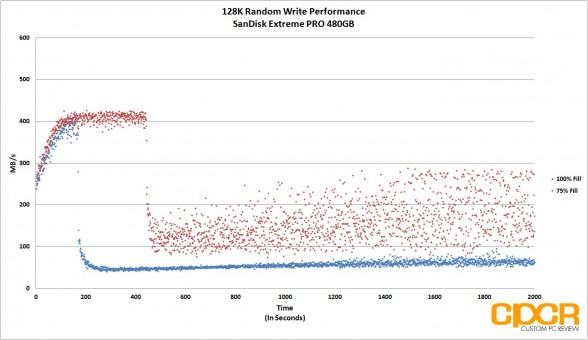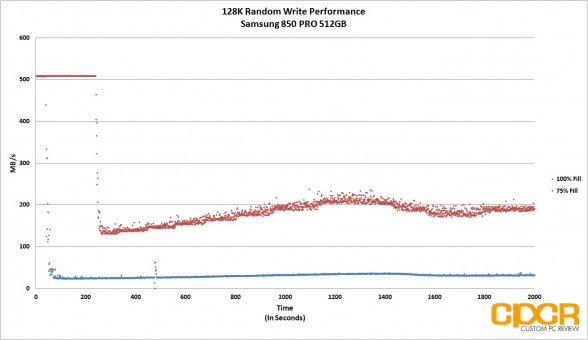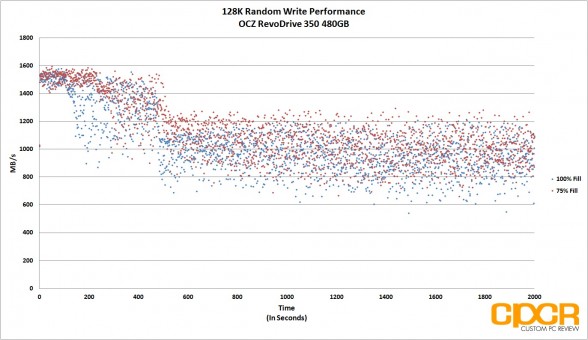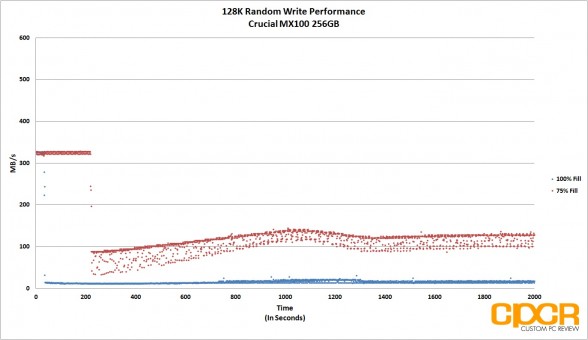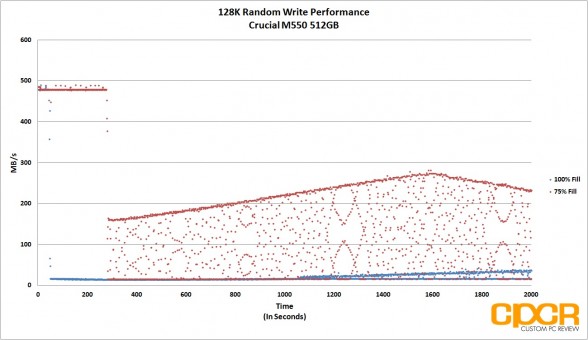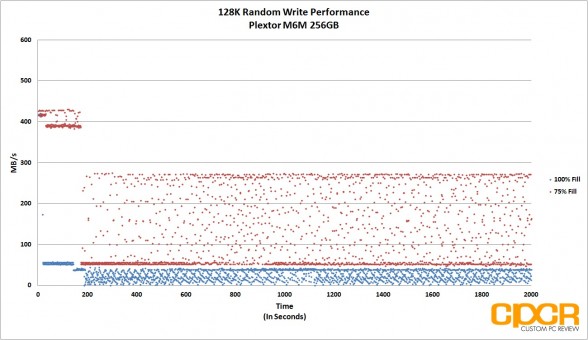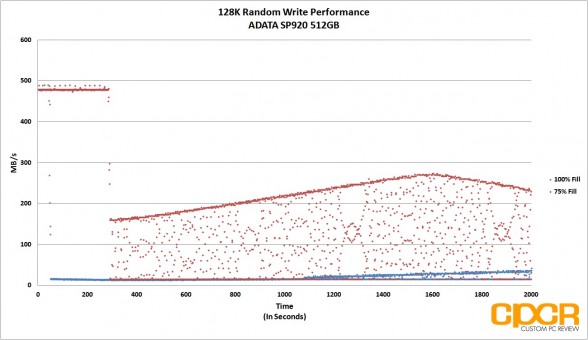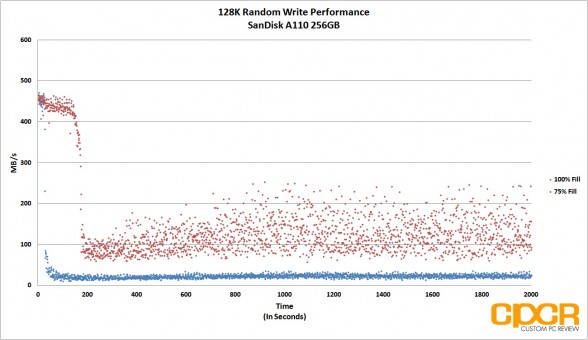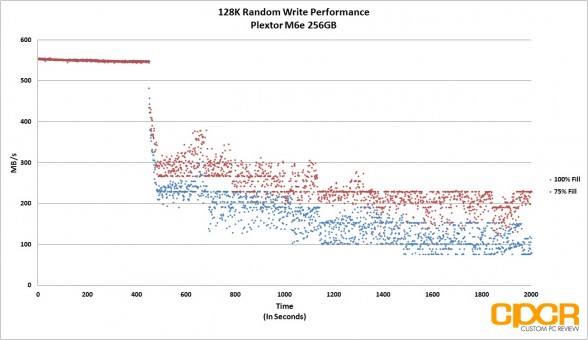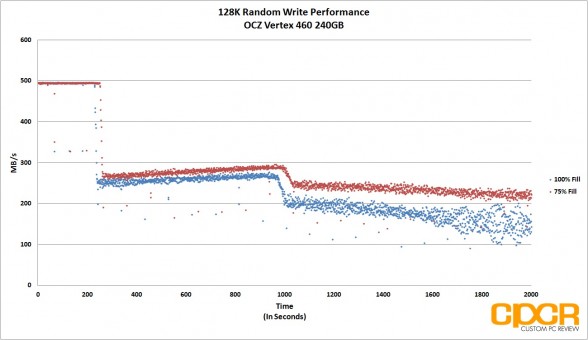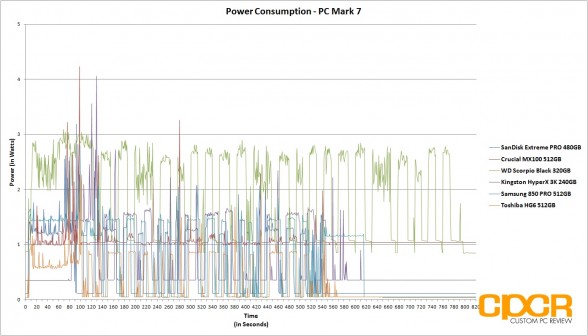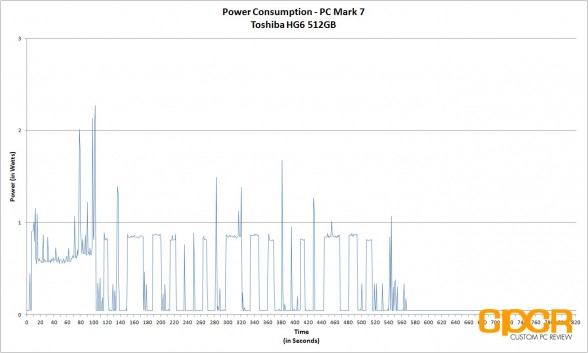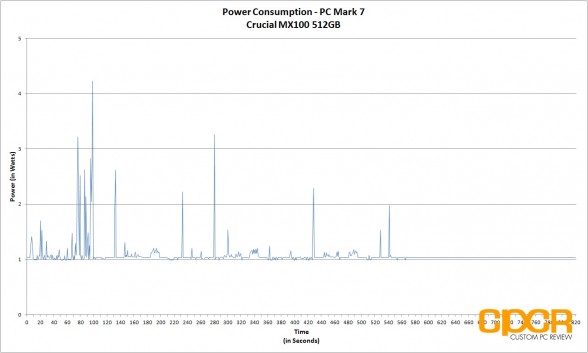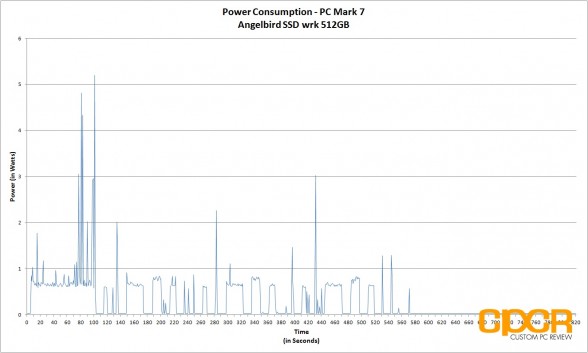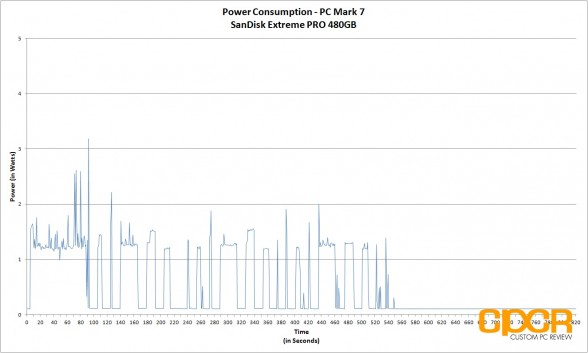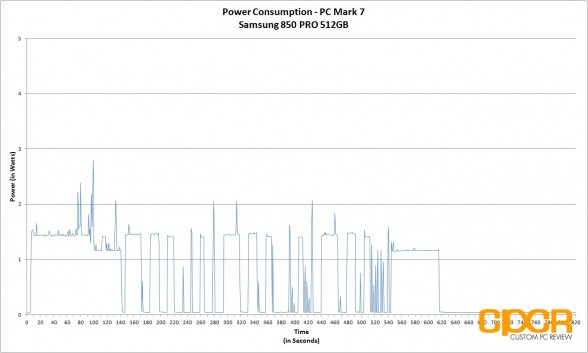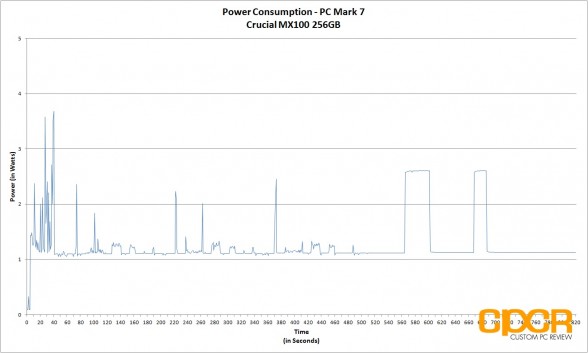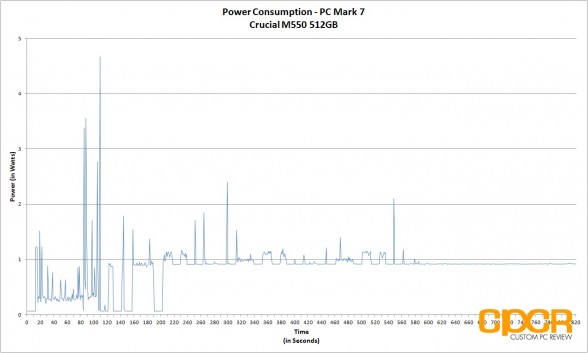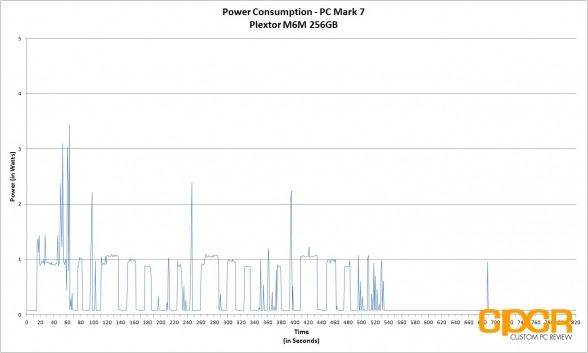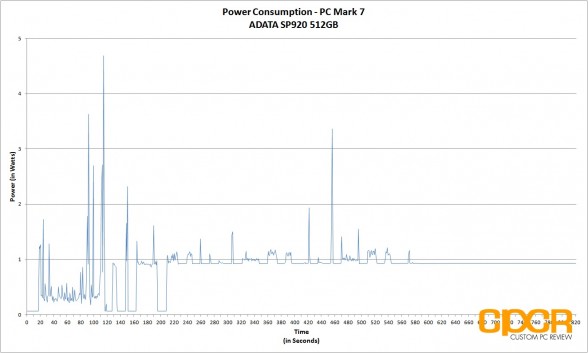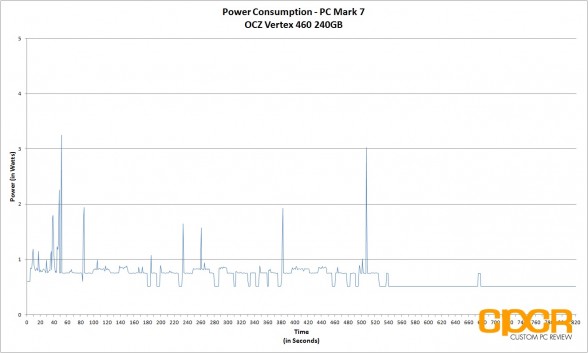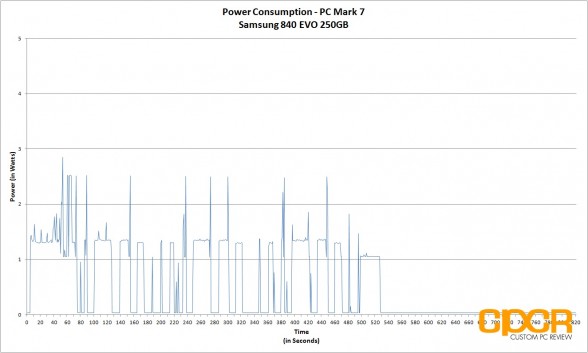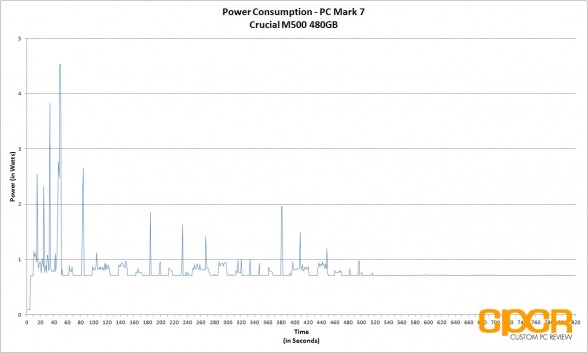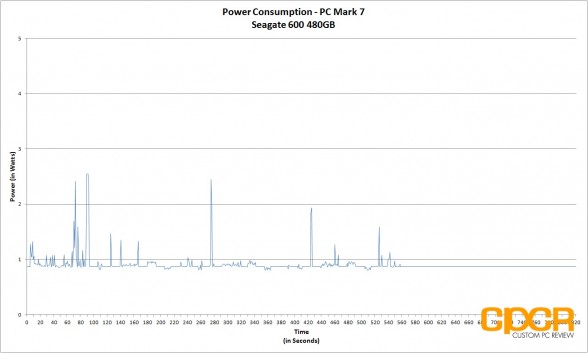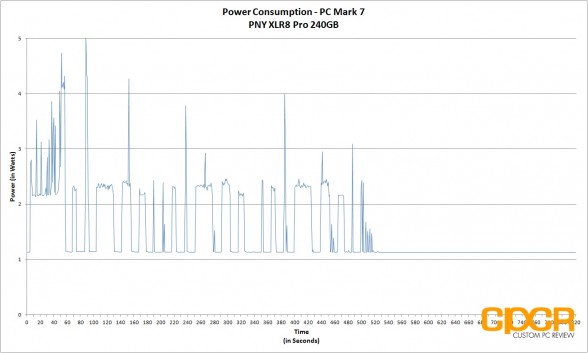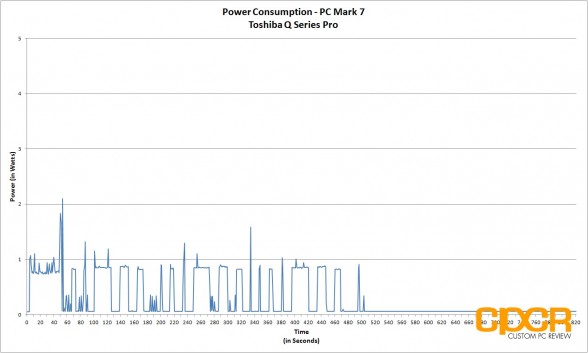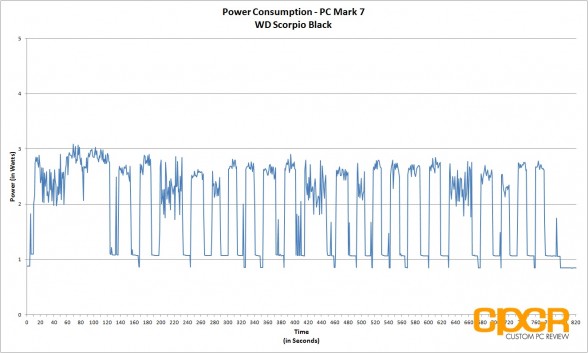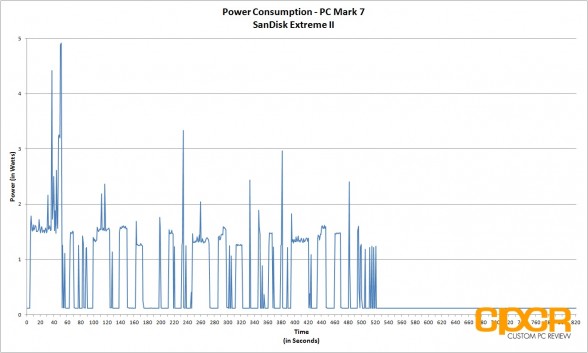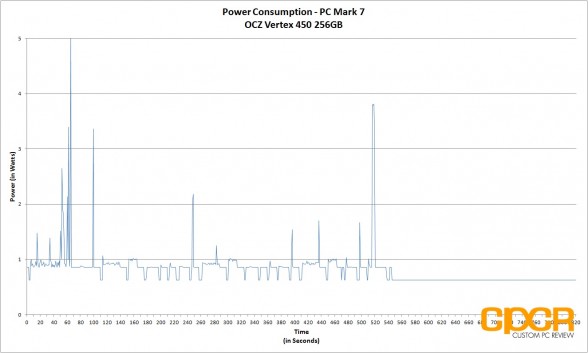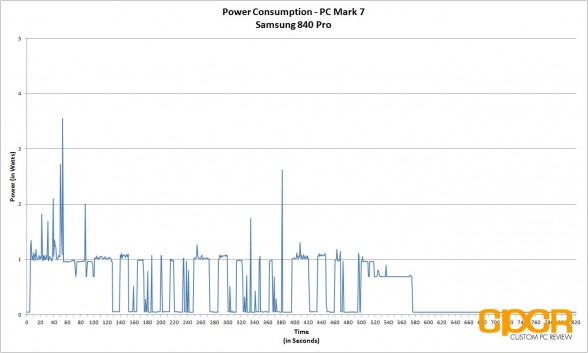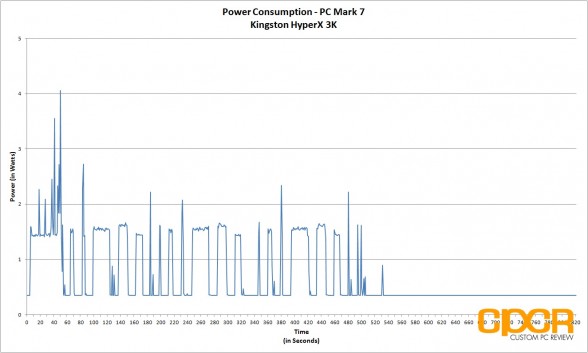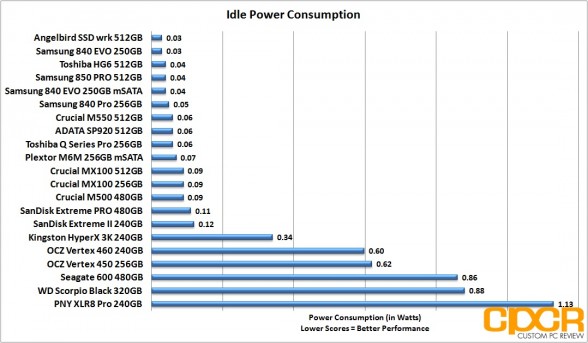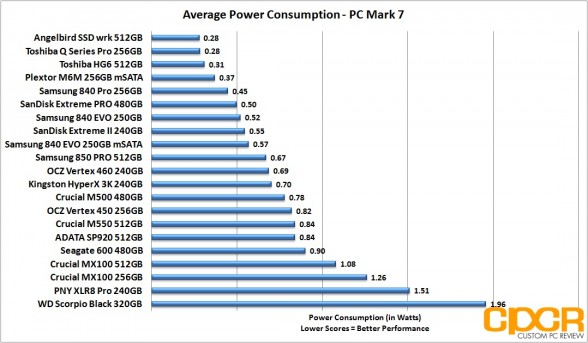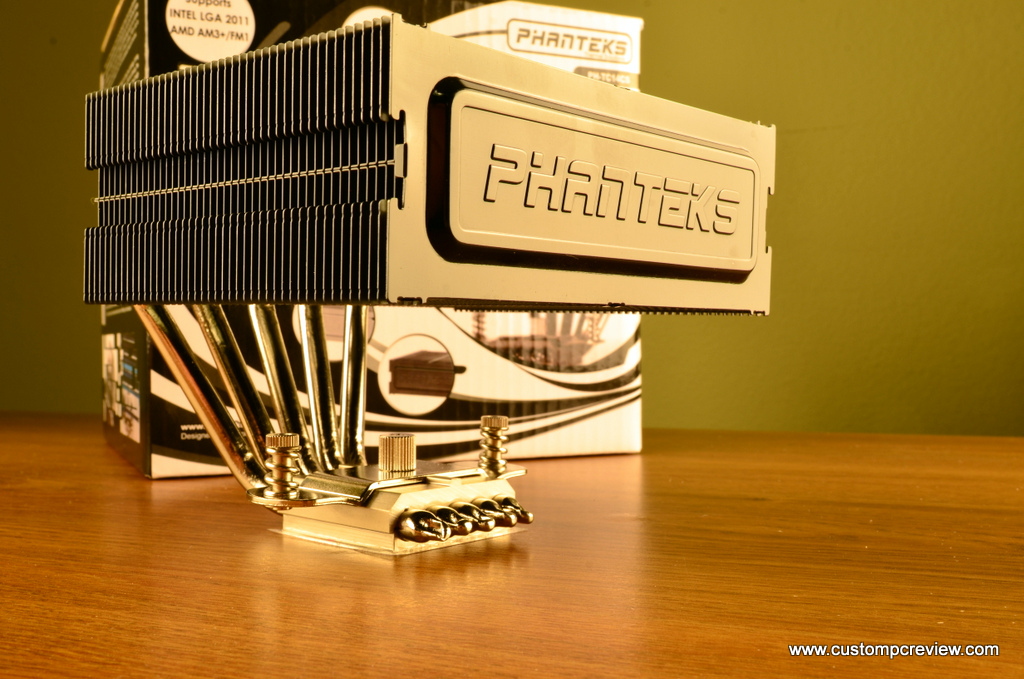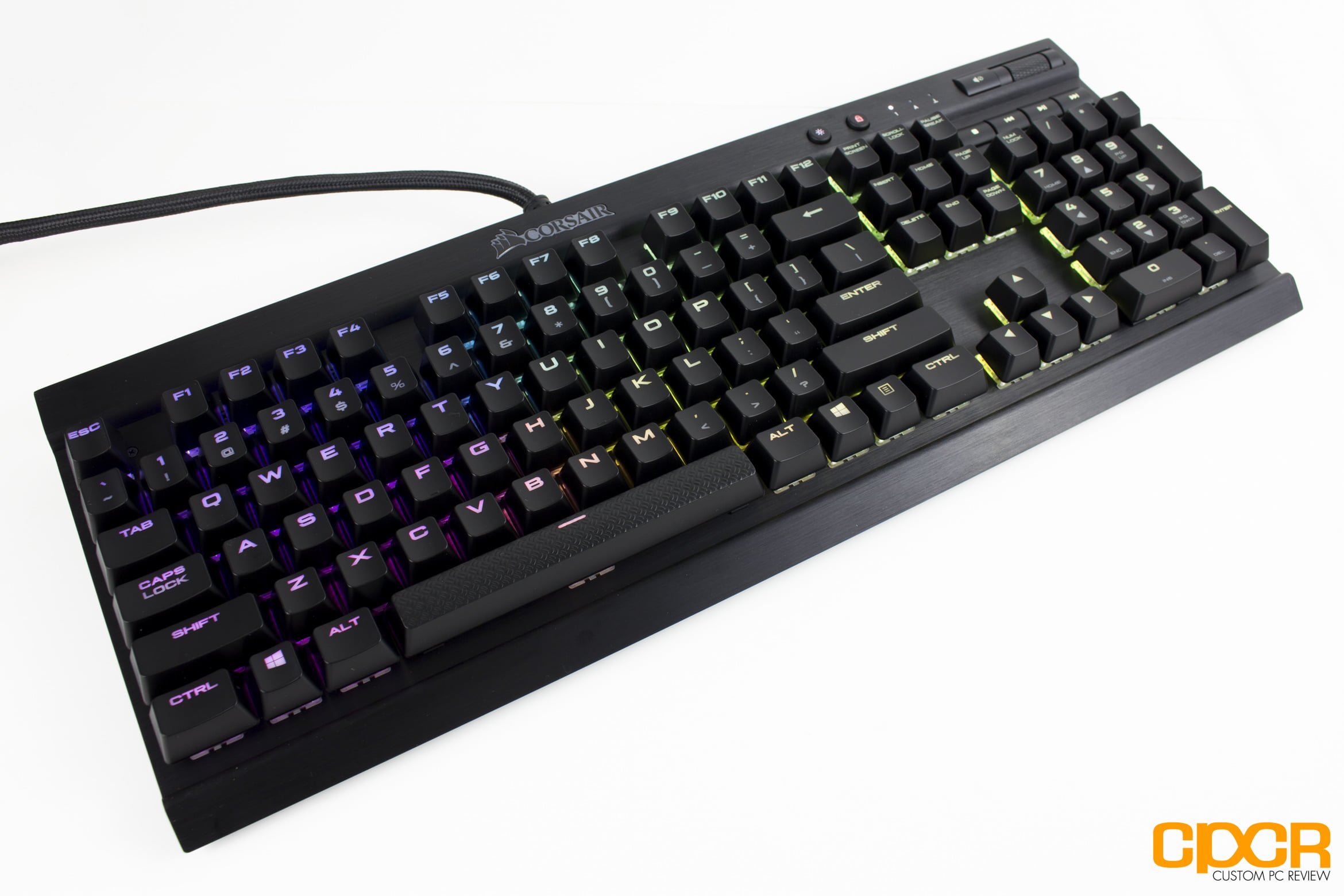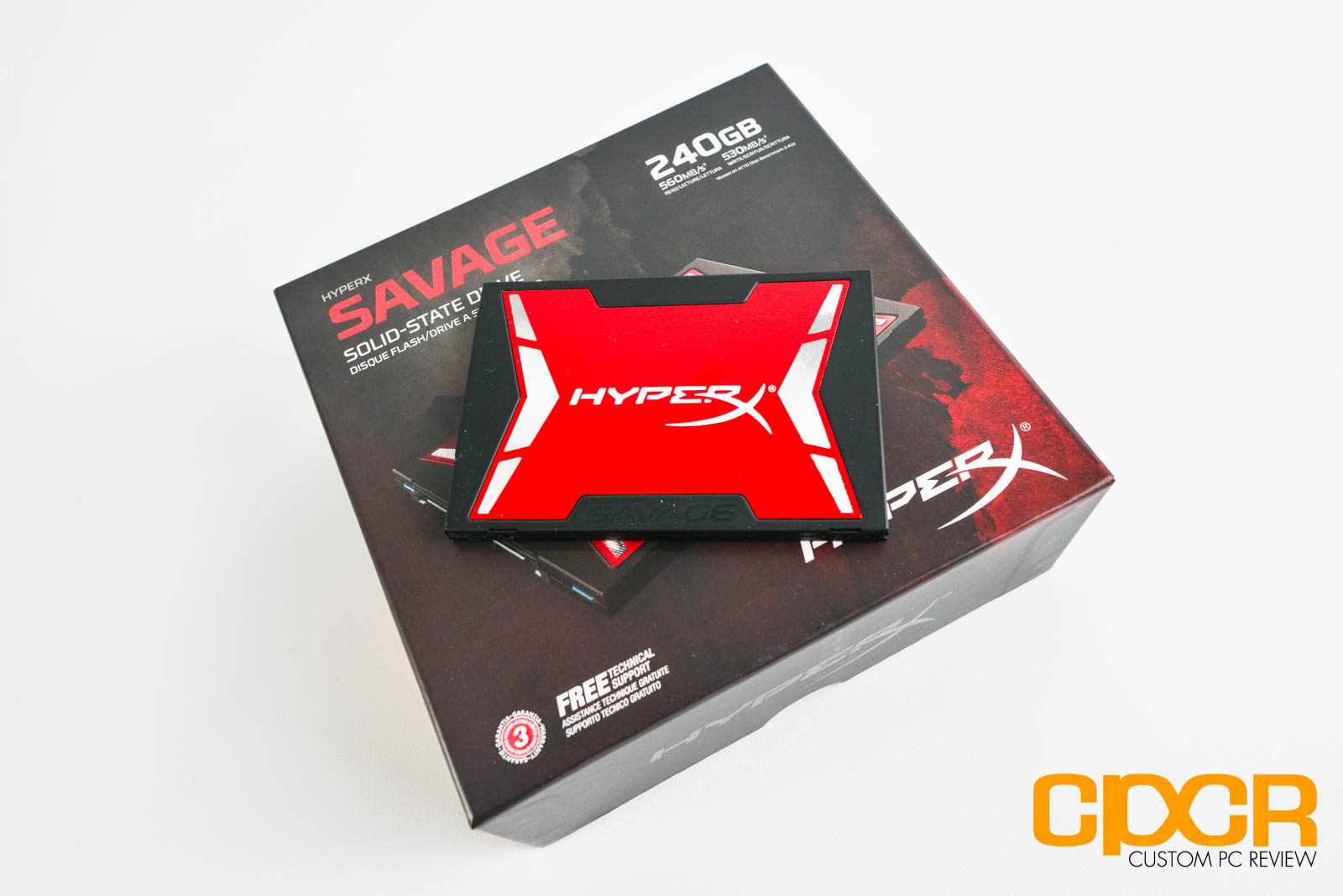[section label=1. Introduction]
Toshiba’s Unicorn
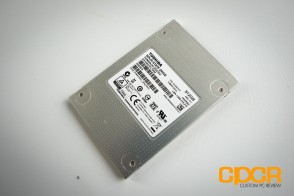 Last year, we were lucky enough to be one of the first to receive the opportunity to review the Toshiba Q Series Pro SSD. At the time, we never really heard much about Toshiba SSDs since Toshiba does most of their business with OEMs/SIs and up until then, we were never really familiar with any of their SSDs. This is why it came as such as surprise to us when we discovered that the Q Series Pro not only offered great performance, top tier reliability, and class leading power efficiency, but also low pricing as well.
Last year, we were lucky enough to be one of the first to receive the opportunity to review the Toshiba Q Series Pro SSD. At the time, we never really heard much about Toshiba SSDs since Toshiba does most of their business with OEMs/SIs and up until then, we were never really familiar with any of their SSDs. This is why it came as such as surprise to us when we discovered that the Q Series Pro not only offered great performance, top tier reliability, and class leading power efficiency, but also low pricing as well.
Following up on the Q Series Pro, Toshiba also revealed a new SSD earlier this year, the Toshiba HG6 SSD. The Toshiba HG6 is a performance SSD updated to utilize Toshiba’s latest second generation 19nm (1Ynm) Toggle Mode MLC NAND.
Toshiba HG6 Specifications
| Manufacturer | Toshiba | Toshiba | Toshiba | Toshiba |
|---|---|---|---|---|
| Model | HG6 | HG6 | HG6 | HG6 |
| Form Factor | 7mm, 9mm 2.5″ SATA mSATA M.2 2260, 2280 |
7mm, 9mm 2.5″ SATA mSATA M.2 2260, 2280 |
7mm, 9mm 2.5″ SATA mSATA M.2 2260, 2280 |
7mm, 9mm 2.5″ SATA mSATA M.2 2260, 2280 |
| Capacity | 60GB | 128GB | 256GB | 512GB |
| Controller | Toshiba TC358790XBG |
Toshiba TC358790XBG |
Toshiba TC358790XBG |
Toshiba TC358790XBG |
| NAND | Toshiba A19nm Toggle Mode MLC | Toshiba A19nm Toggle Mode MLC | Toshiba A19nm Toggle Mode MLC | Toshiba A19nm Toggle Mode MLC |
| Sequential Reads | 534 MB/s | 534 MB/s | 534 MB/s | 534 MB/s |
| Sequential Writes | 482 MB/s | 482 MB/s | 482 MB/s | 482 MB/s |
| 4K Random Read | Not Available | Not Available | Not Available | Not Available |
| 4K Random Write | Not Available | Not Available | Not Available | Not Available |
| Interface | SATA 3 6GB/s | SATA 3 6GB/s | SATA 3 6GB/s | SATA 3 6GB/s |
| Endurance | Not Available | Not Available | Not Available | Not Available |
| Warranty | 3 Years | 3 Years | 3 Years | 3 Years |
The Toshiba HG6 is available in capacities ranging from 60GB to 512GB in a variety of form factors such as 7mm 2.5″, 9mm 2.5″, mSATA, M.2 2260, and M.2 2280.
Unlike most SSDs on the market, the Toshiba HG6 is manufactured completely in-house using Toshiba’s A19nm MLC Toggle NAND coupled with Toshiba’s own TC358790XBG controller. This makes Toshiba a 100% vertically integrated SSD manufacturer – a luxury enjoyed only by a handful of competitors.
Warranty on the Toshiba HG6 is a very typical 3 years. Toshiba doesn’t specify an endurance rating, but we’re confident enough in Toshiba’s A19nm MLC to say that the drive’s endurance should be more than enough for typical client use.
Let’s take a closer look at the Toshiba HG6 512GB!
[section label=2. A Closer Look]
A Closer Look at the Toshiba HG6 512GB
For our review today, Toshiba didn’t send us a retail version of the HG6, so we simply received a bare drive. Our specific sample came in the typical 7mm, 2.5″ form factor, but Toshiba offers these drives in a variety of form factors such as 9mm, 2.5″, mSATA, M.2 2260, and M.2 2280.
The Toshiba HG6 is held together via 8 screws – 4 for the casing and 4 for the PCB. Looking at the PCB, Toshiba is using 8 NAND packages along with an in-house controller. Toshiba also uses thermal pads on all components to keep things cool.
Here’s a closer look at the controller powering the Toshiba HG6. It’s a Toshiba TC358790XBG, which is an in-house Toshiba controller we’re seeing for the first time. Toshiba hasn’t told us anything about this controller and considering we’re still waiting on further details about the Q Series Pro controller, I doubt we’ll be getting any detailed info anytime soon.
Additionally, like the Q Series Pro, the HG6 does not require a DRAM cache.
The Toshiba HG6 uses Toshiba’s second generation 64Gb A19nm Toggle Mode MLC. This is something we’ve seen in numerous other drives on the market so no introduction is needed here. For the HG6 512GB, Toshiba is using a total of 8 NAND packages.
[section label=3. Test Setup]
Haswell Test Bench
As of October 5, 2013, we’ve upgraded our storage testing system to a Z87/Haswell testing platform. All SSDs used for comparison here have been updated to the latest firmware. Performance testing from storage reviews prior to that date should not be compared to our latest reviews.
| System | CyberPowerPC Gamer Xtreme 4200 |
|---|---|
| CPU | Intel Core i7 4770K |
| Motherboard | ASUS Z87-A |
| Memory | Kingston HyperX Genesis 16GB DDR3 2133MHz |
| Graphics | Intel HD4600 Graphics |
| Storage | OCZ Vertex 4 256GB |
| Power Supply | Corsair HX650 |
| Case | HSPC High Speed Tech Station |
| Optical Drive | ASUS OEM DVD Drive |
| Operating System | Windows 8 64 bit & CentOS 6.4 |
Special thanks to CyberPowerPC, Kingston, OCZ Technology and HSPC for sponsoring our test bench!
Crystal Disk Info
Toshiba HG6 512GB
Today we’ll be reviewing the Toshiba HG6 512GB SSD with the JUGA0101 firmware. Toshiba appears to have packed the HG6 with all of the modern features we come to expect such as SMART monitoring, Advanced Power Management, Native Command Queuing, TRIM, and DevSleep.
The Toshiba HG6 also supports SED (Self Encyrpting Drive) features as well including TCG Opal 2.0 hardware encryption.
[section label=4. ATTO Disk Benchmark / AS SSD / Crystal Disk Mark]
Toshiba HG6 512GB Performance
ATTO Disk Benchmark v2.46
ATTO Disk Benchmark is one of the industry’s oldest and most popular benchmarks for testing disk read/write speeds. This benchmarks allows read and write testing using predefined block sizes and gives us a good idea of read/write speeds with different sized files. Most SSD manufacturers prefer using this benchmark when advertising SSDs as it tests using compressible data, which tends to yield best performance.
Performance Analysis
In ATTO Disk Benchmark, the Toshiba HG6 pulled in a very impressive 552 MB/s sequential reads and 521 MB/s sequential writes. Although this is just our first test in an extensive series of testing, this is indicative of a high performance drive.
AS SSD Benchmark
AS SSD is a very commonly used benchmark used to measure SSD performance in a number of categories. Here, tests are run using incompressible data at QD1. It also outputs a final score at the conclusion of the test based off the read and write performance of the drive.
Performance Analysis
Following up ATTO Disk Benchmark, our AS SSD performance numbers are very solid as well. Sequential read/write performance topped out at 518/490 MB/s respectively and 4K random read/write performance topped out at 23/118 MB/s respectively.
Crystal Disk Mark 3.0.1 x64
Crystal Disk Mark is another popular benchmark which allows us to measure both sequential read/write speeds as well as random read/write speeds. With this benchmark, tests can be run using both random fill (incompressible data) and 0 fill (compressible data). Realistically in typical computer usage scenarios, data being transferred will consist of a mixture of both incompressible and compressible data.
Performance Analysis
In Crystal Disk Mark at QD4, the Toshiba HG6 posted some very impressive performance as well. Sequential performance was most impressive with the drive capable of up to 542 MB/s reads and 510 MB/s writes in both incompressible and compressible datatypes.
[section label=5. PC Mark 7 / PC Mark 8]
Toshiba HG6 512GB Performance
PC Mark 7 Storage Benchmark
The PC Mark 7 storage benchmark evaluates the SSD under many different real world environments such as gaming, multimedia editing, etc. This closely represents the SSD’s performance under real world situations.
Performance Analysis
In PC Mark 7’s fairly light storage workload, the Toshiba HG6 performed extremely well placing itself near the top of our charts.
PC Mark 8 Expanded Storage Benchmark
With the introduction of PC Mark 8 2.0.228, Futuremark added the option for an Expanded Storage Benchmark which is literally designed to bring any storage system its absolute limits. The new PC Mark 8 Expanded Storage Benchmark takes around 24 hours to run and for our purposes, we’ll be using the consistency test which measures performance consistency, degradation tendency, and recovery speed of a storage system.
Consistency Test
Full details on the consistency test can be found in the PC Mark 8 Technical Guide here. For the more simplified version, the test is basically a near 24 hour, five phase benchmark – three of which we’ll be reporting on in our results below.
- Phase 1 is a precondition phase designed to “dirty” the drive with random data. The entire drive is filled twice to the capacity of the drive.
- Phase 2 is a degrade phase where the drive is hammered with tons of random data followed by a performance test run. This is done 8 times.
- Phase 3 is the steady state phase where the drive is once again hammered with tons of random data followed by a performance test run. This is done 5 times.
- Phase 4 is the recovery phase where the drive is given 5 minutes to rest followed by a performance test run. This is done 5 times.
- Phase 5 is the clean up phase where the drive is simply secure erased.
Performance Analysis
Looking at the very intense PC Mark 8’s Expanded Storage Benchmark, we can see that the Toshiba HG6 is again a very strong performer even in stressful workloads. In our testing, the drive pulled in right behind our enthusiast favorites, the Samsung 850 PRO and the SanDisk Extreme PRO.
[section label=6. FIO – FOB]
Toshiba HG6 512GB Performance
FIO (Flexible I/O Tester)
FIO, which stands for Flexible I/O Tester, is basically what its name says – a flexible I/O tester / I/O workload generator. Whereas all the benchmarking tools we’ve used previously are fantastic, easy to use benchmarking tools that provide a good snapshot of SSD performance, they do lack a lot of versatility, especially for more complex and in-depth operations such as custom queue depths, block sizes, test run times, etc. While the testing that follows may not pertain to typical consumer usage, they do help give us a much more in-depth look at each individual product’s strengths and weaknesses when they’re pushed to the limits.
FIO – FOB (Fresh Out of the Box) Testing
When SSDs are brand new and Fresh Out of the Box, they’re generally able to perform at or outperform their advertised speeds, but unlike traditional hard drives, performance on SSDs begin to degrade over time as they become more and more used. This is because while SSDs are new, all bits on the SSD are empty, so they can instantly be programmed with data. However, once data gets programmed in, even if it’s deleted in the filesystem the actual data will still stay programmed on the NAND itself unless some sort of garbage collection routine comes in to wipe the data. Unfortunately, in order to write new data onto “dirty” NAND, the NAND needs to go first through an erase cycle to erase the old data before a program cycle can happen to program new data, which as you may imagine takes more time than just a simple program cycle. As this only happens when writing new data onto the SSD, you’ll generally see less performance degradation on reads and more performance degradation on writes.
For our FOB testing, we run a secure erase on the SSD then run each test sans any preconditioning. This will provide us with the highest level of performance the SSD is capable of and is likely never to be seen ever again once the SSD goes into a used state.
Our testing will include 4K read testing, 4K write testing, and 4K 70/30 read/write mix testing at queue depths of 1,2,4,8,16,32,64,128,256. The reason we’ve also included 4K 70/30 read/write mix testing is simply because most real world workloads will always fall somewhere between 0% write and 100% write rather than one or the other. Since client usage is much more read heavy, we’ll be using the 70/30 read/write mix.
For general client usage, performance will fall somewhere between queue depths of 1-4 whereas servers and other enterprise applications will easily see queue depths of 32 or greater.
Performance Analysis
Fresh out of the box, the Toshiba HG6 was able to reach ~93,000 IOPS in random reads and ~87,000 IOPS in random writes. In 70/30 read/write mixed workloads, the HG6 was able to reach an impressive ~82,000 IOPS.
[section label=7. FIO – Steady State]
Toshiba HG6 512GB Performance
FIO – Steady State Testing
After prolonged use of an SSD, it will reach “steady state” where performance levels off to a minimum level. The FOB state is the “best case scenario” for SSD performance while “steady state” is going to be your worst. Here, we ran the exact same set of benchmarks we just completed in the FOB state; except this time around, we’ll be preconditioning the drive by filling 100% of the drive’s LBAs with two sequential passes of 128k data followed by hammering the drive for six hours with 4K random data prior to actual testing.
Performance Analysis
In steady state, it’s obvious that Toshiba tuned the HG6 for read intensive workloads as random read performance was still quite good, maxing out at ~80,000 IOPS; however, random write performance didn’t fare so well maxing out at a mere ~3,000 IOPS. Similarly, mixed workload performance fared quite poorly as well coming in at a paltry ~11,000 IOPS.
[section label=”8. FIO – 4K Random Write Consistency”]
Toshiba HG6 512GB Performance
FIO 4K Random Write Consistency Testing
Another one of the benefits of testing with FIO is the flexibility of running consistency tests, which is one of the most important metrics when considering SSDs going forward. Looking at the results of our benchmarks such as ATTO Disk Benchmark and Crystal Disk Benchmark, we can see that practically every top tier SSD is capable of saturating SATA 6Gb/s in the FOB state. However, what really differentiates these SSDs is their ability to hold a certain level of performance even after extended periods of use.
For our consistency testing, we used a fairly standard method, which includes both filling up 75% of capacity as well as 100% capacity twice with sequential 128k data followed by the actual test itself, which is simply running 4K random writes at a queue depth of 32. By recording the IOPS every second for 2,000 seconds, we’re able to get a good look at what kind of performance can be expected when the drive is relatively new, when it’s heading towards steady state, and when it’s actually in steady state.
[tabgroup]
[/tabgroup]Performance Analysis
Overall, the Toshiba HG6 had acceptable 4K write performance consistency although there’s room for improvement here.
[section label=”9. FIO – 4K Random Write Latency”]
Toshiba HG6 512GB Performance
FIO 4K Random Write Latency Testing
Another metric that’s becoming increasingly important in SSDs is its ability to keep latency low despite being subjected to a heavy workload. Even if a SSD were capable of ultra high and ultra consistent IOPS performance, if latency were high, users would still feel that the drive is slow. Ideally, SATA SSDs should always be capable of latencies under 50ms, even during heavy workloads.
For latency testing, we’ll be using the exact same testing parameters as IOPS consistency testing, except instead of recording IOPS every second, we’ll be recording latency.
[tabgroup]
[/tabgroup]Performance Analysis
Latency at 100% fill could use more improvement, but it’s very good at 75% fill. For a good user experience, I’d definitely recommend having at least a good 25% free space available.
[section label=”10. FIO – 128K Random Write”]
Toshiba HG6 512GB Performance
FIO 128K Random Write Consistency Testing
In addition to testing 4K random write consistency, we’ll also begin to test for 128K random write consistency to see how well a SSD is able to hold itself to a level of performance when getting hammered with larger file transfers.
For 128K random write consistency testing, we won’t be preconditioning the drive with two sequential passes of 128K data like in our 4K random write consistency testing since 128K data can easily fill up the drive well within our 2,000 second run.
[tabgroup]
[/tabgroup]Performance Analysis
Similar to what we saw with 4K random writes, 128K random writes were fairly consistent, especially at 100% fill although it could use improvement.
[section label=”11. Power Consumption”]
Toshiba HG6 512GB Power Consumption
Previously, our power consumption analysis only tested for idle and maximum load power consumption, but we felt that this was a bad way to accurately measure power consumption. The reason for this is because SSDs tend to be bursty while in operation and will spike in power usage, but only for very short periods of time. As such, many of our SSDs appeared to have even higher power consumption than traditional hard drives, which is untrue.
In order to better represent a drive’s power consumption, our solution was to run a test closer to the real-world and record a trace of the exact power consumption during testing. Since PC Mark 7 has been recognized by the industry as a fantastic real-world benchmark, we’ll be recording the drive’s power consumption while running the benchmark.
All tests below are measured by our B&K Precision 5491B Bench Multimeter tapped directly into the 5v line running from the power supply to the drive. All testing here is conducted with “HIPM (Host Initiated Power Management)/DIPM (Device Initiated Power Management)” enabled and “AHCI Link Power Management – Adaptive” set to 0 milliseconds for maximum power efficiency.
[tabgroup]
[/tabgroup]Performance Analysis
Following in the footsteps of the Q Series Pro, the Toshiba HG6 continues to be one of the most energy efficient SSDs I’ve ever tested to date. Idle power consumption clocks in at a mere 0.04w while power consumption in the PC Mark 7 storage benchmark averaged only 0.31w.
[section label=12. Conclusion]
Toshiba HG6 512GB Conclusions
 After previously having the opportunity to review the Toshiba Q Series Pro and now the Toshiba HG6, I’m pretty convinced that although you don’t hear about them all that often, Toshiba makes some pretty good SSDs.
After previously having the opportunity to review the Toshiba Q Series Pro and now the Toshiba HG6, I’m pretty convinced that although you don’t hear about them all that often, Toshiba makes some pretty good SSDs.
Performance on the Toshiba HG6 tested today is quite good and in our testing, it was one of the fastest SSDs we’ve had the opportunity of reviewing. While it’s still outperformed by the likes of Samsung’s new 3D V-NAND based 850 PRO and the SanDisk Extreme PRO, the Toshiba HG6 still holds its own in terms of performance, even when compared against these enthusiast drives.
Additionally despite the Toshiba HG6 being a high performance SSD, it still offers top notch power efficiency which isn’t all that surprising. Power efficiency is usually among those big things OEMs/SIs look for when they decide to integrate a SSD into their offerings and given the amount of business Toshiba does in the space, power consumption was likely a top priority when Toshiba designed their controller/firmware. It also helps that Toshiba’s controller technology doesn’t require an additional DRAM cache which additionally helps reduce power consumption.
Ultimately, the Toshiba HG6 is a fantastic SSD that offers a great combination of good performance and low power consumption, but I think the biggest problem these drives face is that it’s extremely difficult to find – at least from our usual sources here in the USA. Unfortunately it appears that Toshiba isn’t really interested in making the concentrated effort necessary on marketing or even making them available to the consumer market, which is a bummer considering the fact that it’s a really great product. If you can find these drives somewhere for a good price, I wouldn’t hesitate to jump on one, but considering it’s been about 10 months since the HG6 was announced and availability is near non-existent, I wouldn’t hold my breath.
Sample provided by: Toshiba

